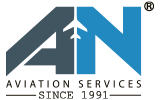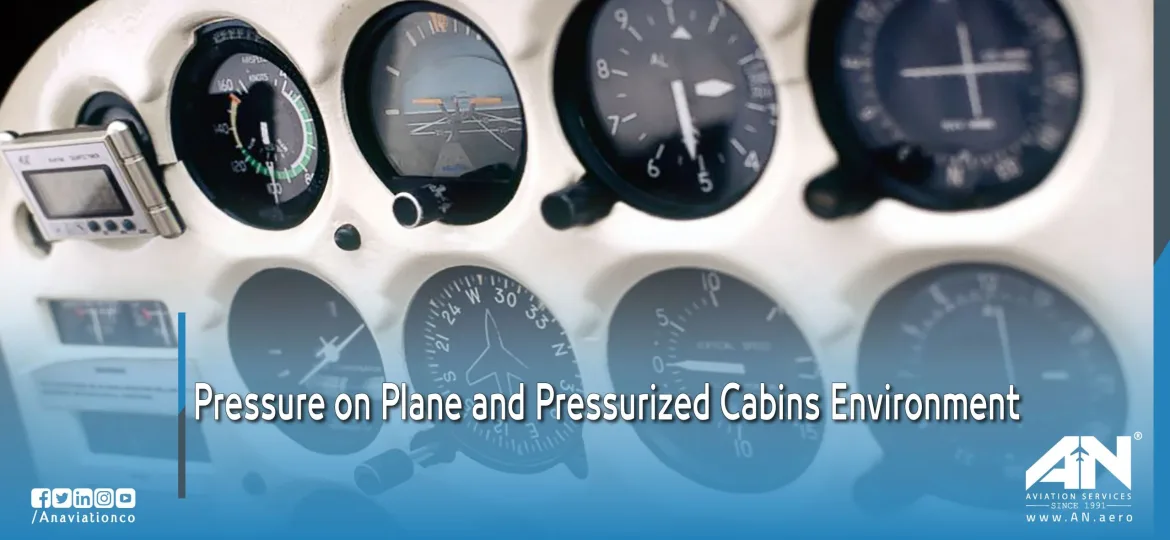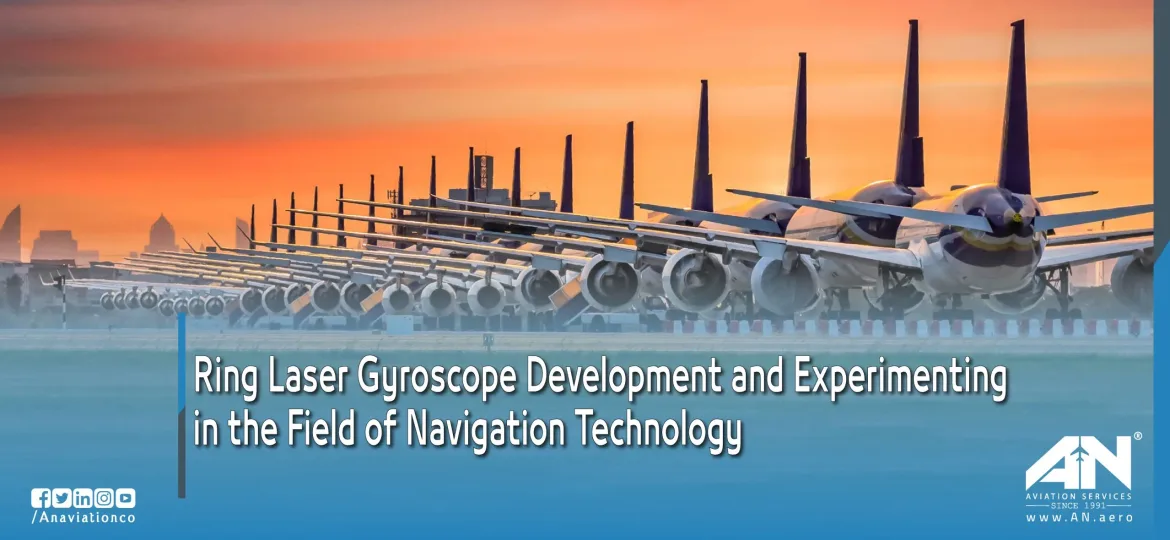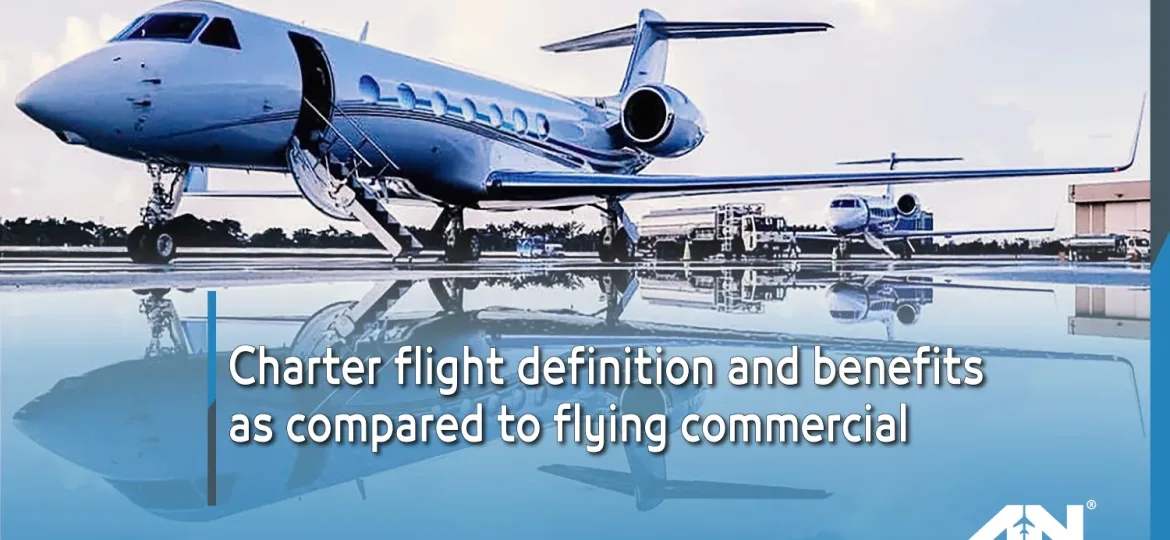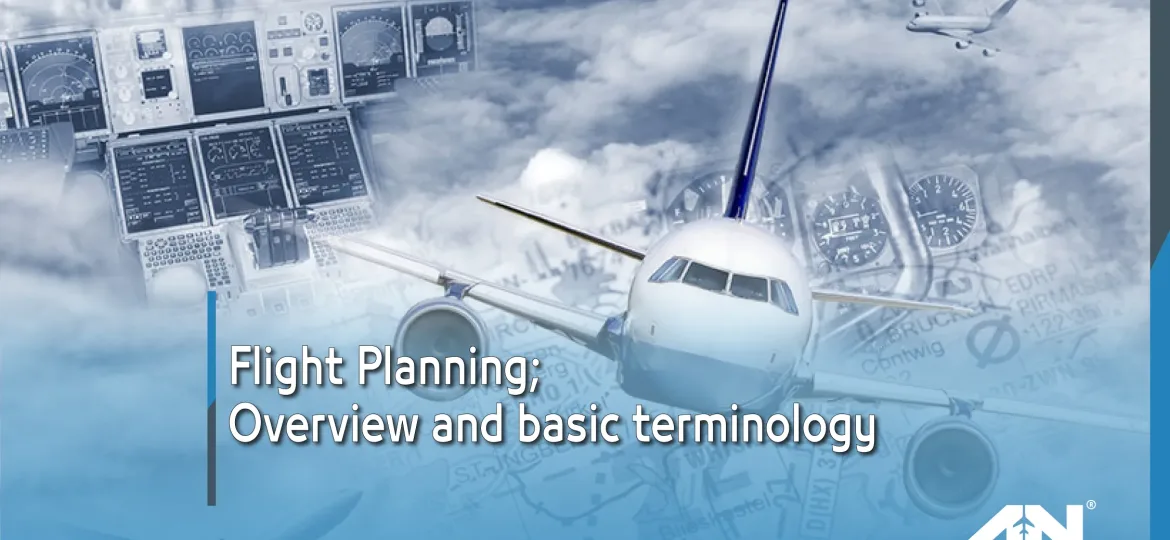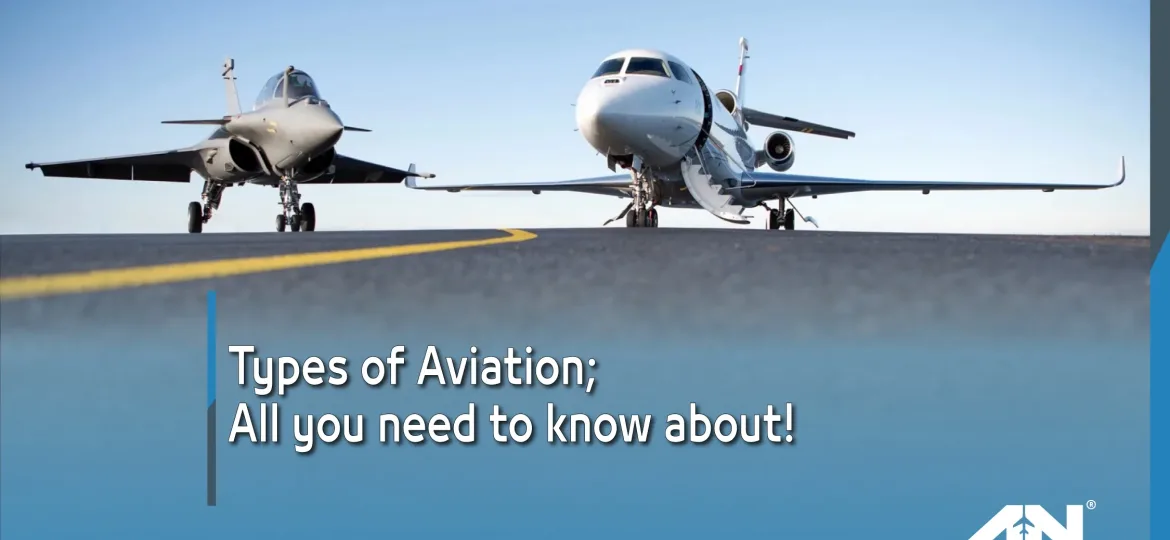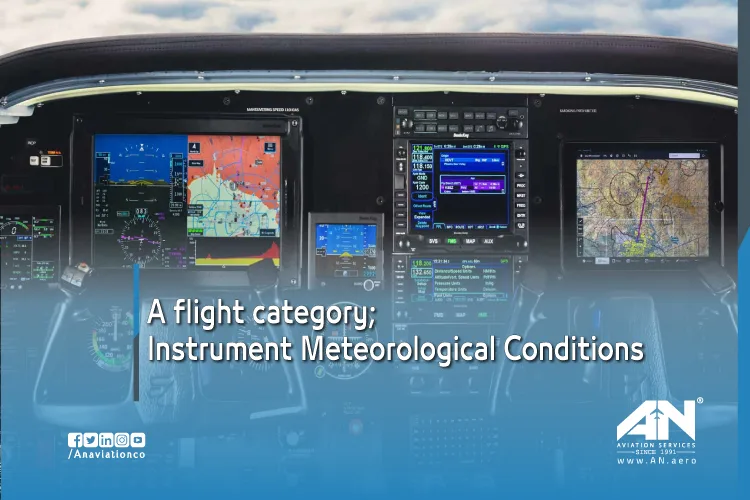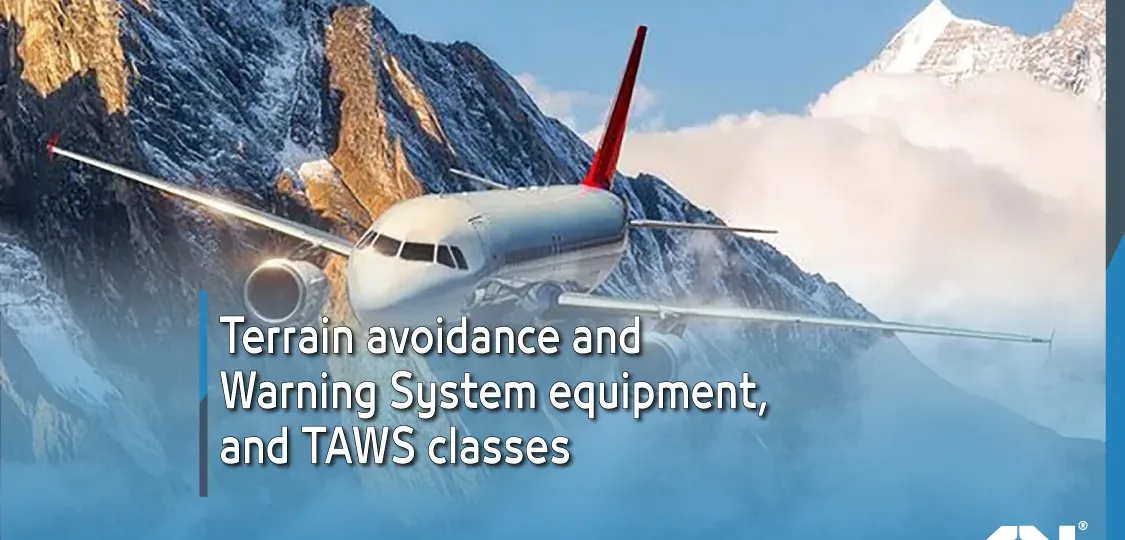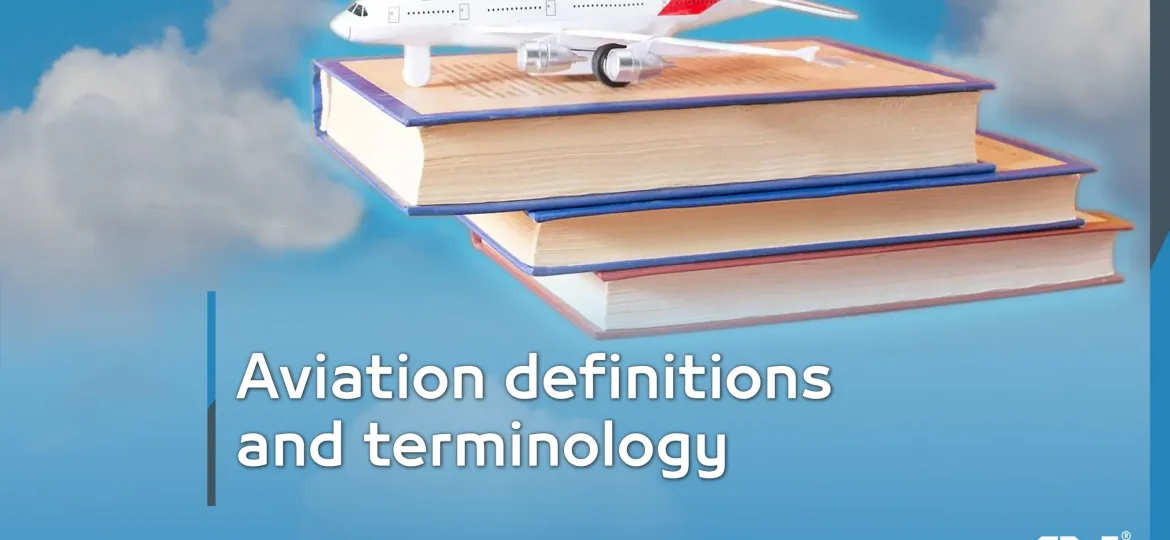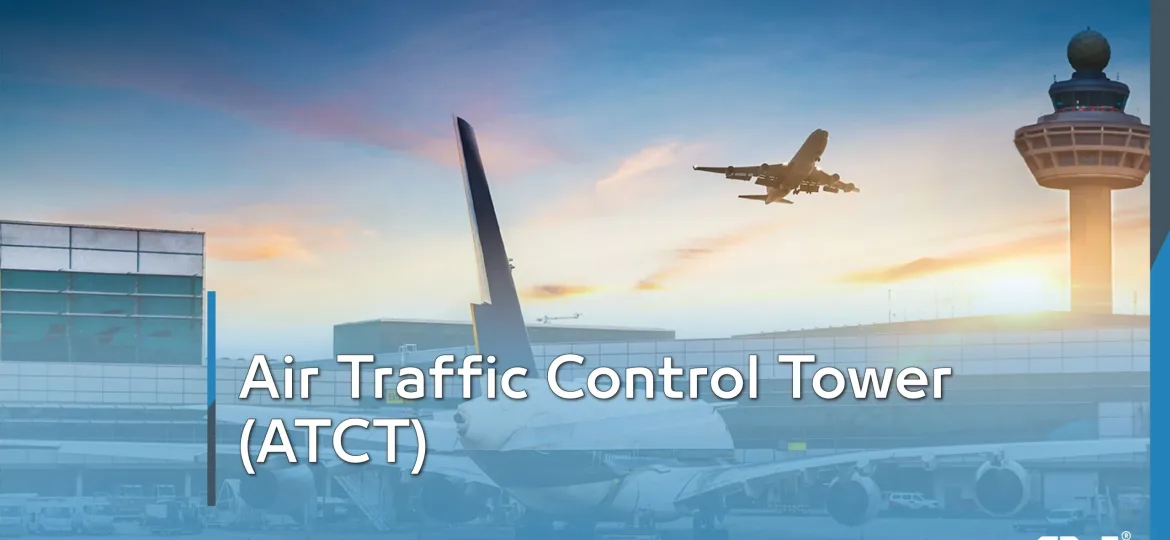Flying at high altitudes is one of the marvels of modern aviation, but it comes with its challenges.
Newton Abadeer
Navigation is at the heart of aviation, enabling aircraft to traverse thousands of miles with precision.
The aviation industry has long looked to nature for inspiration. With its incredible diversity of adaptations and efficiencies, the animal kingdom serves as a source of creative breakthroughs in design and technology.
When it comes to air travel, most people are familiar with commercial airlines, which operate on fixed schedules and routes.
Efficient and accurate flight planning is the backbone of aviation operations, whether for commercial airlines, private jets, or cargo transport.
The aviation industry is an expansive and diverse field that plays a vital role in shaping how people and goods move around the world
Flying through the skies often comes with its challenges, especially when visibility is reduced, or weather conditions make it impossible for pilots to navigate using visual references.
Modern aviation safety systems are designed with one primary goal: preventing accidents and ensuring the safe completion of flights.
The aviation industry is a world of its own, filled with a unique and technical language that is crucial for ensuring smooth operations, communication, and safety.
In the complex world of aviation, where safety and precision are paramount, the air traffic control tower (ATCT) stands as a crucial hub of activity.
